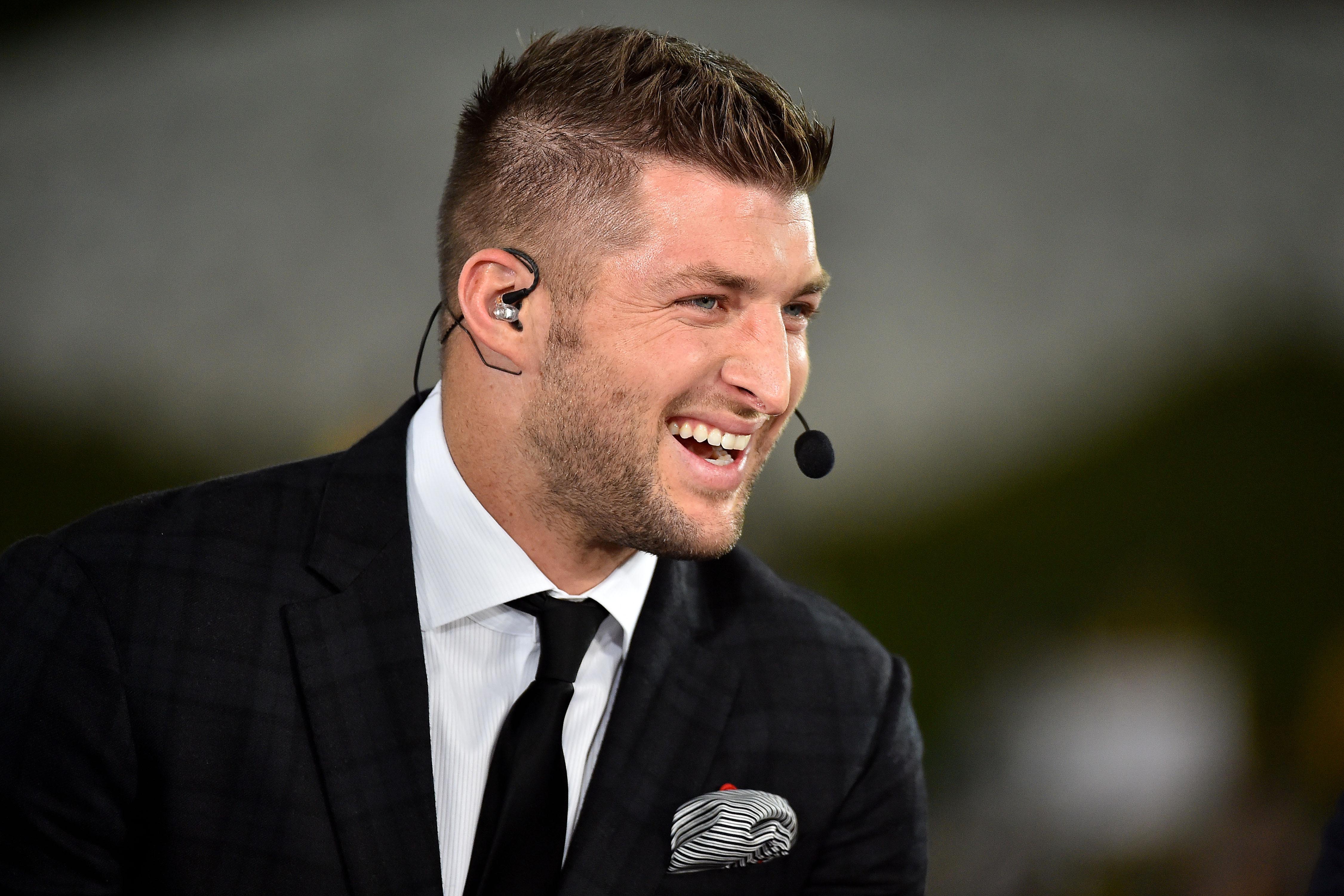
In politics, a candidate has a “bump” coming off their respective party’s convention. In football recruiting, a class can get a bump depending on who’s on the roster or who’s expected to be on the roster.
These bumps can happen immediately, but they generally happen a year later. Sometimes the bump can infiltrate the entire class and other times it isolates itself to a single position.
Here are five recent, high-profile situations of recruiting bumps in the SEC.
Tim Tebow and Percy Harvin, Florida
There were a couple of things that helped with this recruiting bump.
Florida won the 2006 BCS championship when both five-star prospects were freshmen, and it came at a time when the roster was pretty loaded with seniors, so Urban Meyer needed to make a splash in recruiting.
Florida scored big when it got twin brothers Mike and Maurkice Pouncey to flip from FSU over the summer. The Gators also flipped five-star offensive lineman James Wilson (Tebow’s teammate at Nease) from USC.
Florida’s 2007 class ranked No. 1 overall.
The rest of the haul included running back Chris Rainey, safety Major Wright, wide receiver Deonte Thompson, tight end Aaron Hernandez, safety Ahmad Black and defensive end Carlos Dunlap.
Meyer also recruited quarterback depth with five-star prospect John Brantley and a four-star dual threat named … Cam Newton.
Looking back at that class, there was some serious hits and some equally impressive misses.
But the bump caused by Tebow and Harvin contributing to a championship team as freshmen was Meyer’s top selling point to incoming recruits.
Julio Jones, Alabama
This is what I called a positional bump, where one player sets the stage for guys to follow in his footsteps.
Jones, the No. 3-ranked player in the 2008 class, was the major catch in Nick Saban’s second recruiting class at Alabama, and the five-star wide receiver worked himself into a major role almost immediately.
Jones set the standard for No. 1 receivers at Alabama and won a BCS Championship in 2009.
When Jones departed for the NFL after the 2010 season, the opportunity was there for incoming freshmen Marvin Shinn and Bradley Sylve. Neither came close to matching Jones’ success, so Alabama recruited Amari Cooper out of Miami in 2012.
Cooper had a 1,000-yard season as a freshman and caught the game-winning touchdown pass in the 2012 SEC Championship game, a 32-28 win over Georgia.
Cooper won a BCS title in 2012 and was a unanimous All-American selection in 2014 before leaving early for the NFL.
His spot as No. 1 receiver was taken by Calvin Ridley, the top-rated receiver in the 2015 class who became a freshman All-American.
Marcus Lattimore & Jadeveon Clowney, South Carolina
Former South Carolina coach Steve Spurrier was never known as a super recruiter, but he targeted Lattimore and Clowney — two in-state blue-chip prospects in back-to-back years.
Spurrier knew these unique talents could get the Gamecocks in the BCS championship race.
Lattimore was the centerpiece of the 2010 class and his commitment proved that South Carolina could keep elite in-state prospects home.
Clowney, however, was the nation’s top prospect in 2011 and the Gamecocks had to fiercely fight off Alabama for his signature, which didn’t come until a week and a half after national signing day.
Signing Clowney led to the program’s first Top 20 class and allowed Spurrier to rip off four more Top 20 classes.
Johnny Manziel, Texas A&M
Not every positional bump works out.
Johnny Football is an interesting case of a guy who turned a program into a quarterback factory overnight.
Manziel’s 2012 Heisman Trophy season gave Texas A&M a major bump when it came to recruiting quarterbacks. The problem is they all proved to be as high-maintenance at Manziel without any of the results.
Kenny “Trill” Hill was a four-star quarterback in the 2013 class. Kyle Allen was a five-star recruit in 2014, and Kyler Murray was a five-star in 2015. When the 2016 season rolls around, none of the three quarterbacks who followed Manziel will be on the Texas A&M roster.
Shea Patterson, Ole Miss
It used to be rare that one recruit could cause a bump in his class, but with earlier commitments and the emergence of social media, we’re starting to see it.
Patterson committed to Ole Miss in February of 2015 and spent the next year helping the Ole Miss staff build a class around him.
First Patterson needed protection, so he worked on five-star offensive tackle Gregory Little, who chose the Rebels over Alabama and LSU.
He needed wide receivers and was active in working on four-star prospects DeKaylin Metcalf, A.J. Brown and Tre Nixon and tight end Jacob Mathis, all of whom signed with Ole Miss.
What the Ole Miss recruiting class of 2016 does remains to be seen, but Patterson had a lot to do with the Rebels bringing in a major haul of talent.
Corey Long is a freelance writer for SaturdayDownSouth.com. Follow Corey on Twitter @CoreyLong.







